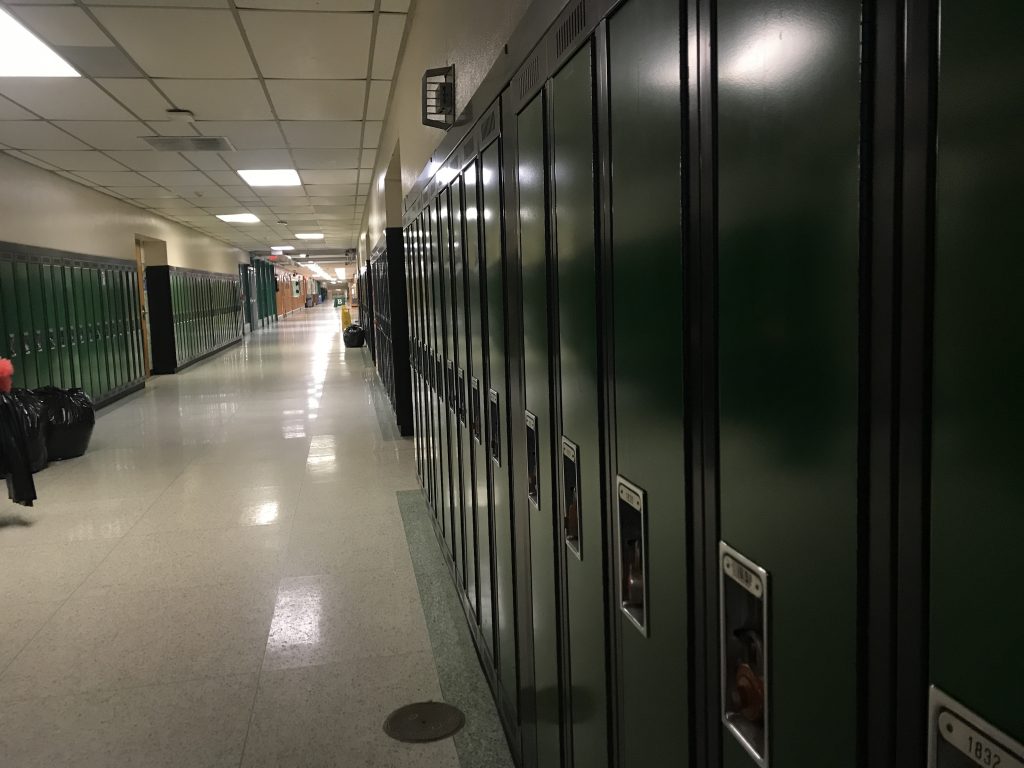The Brick Township public school district has, for another year, found itself facing cuts to staffing and programs as officials work to close another multi-million dollar budget gap that has resulted from state funding cuts.
The township is entering the final year of cuts from a brutal seven-year slashing of funds under a state school funding policy that has come to be known as “S-2,” the legal designation of the law when it was still a pending bill. Gov. Phil Murphy and former Senate President Steven Sweeney agreed to the policy, which redistributed aid away from districts such as Brick, at the last minute in 2018 to avert a government shutdown. Since then, hundreds of positions have been shed through attrition and layoffs, and class sizes have steadily risen. Meanwhile, the state ordered Brick to increase its school property tax levy each year to the maximum allowed by law – yet even this measure was never able to close the budget shortfall.
Superintendent Thomas Farrell said the cuts are set to continue for the 2024-25 school year, for which he and his staff is already preparing a budget. The final state funding numbers for the year are revealed after the governor announces figures to the legislature, however Farrell said based on the S-2 formula, he ordered all department heads to promulgate a plan to cut their budgets 4 percent, district-wide in anticipation.
|
|
“We’re preparing for next year’s district budget with systems-thinking in mind and strategic planning in mind,” said Farrell. “I know you hear this every year in that we don’t have much control over revenue sources, unfortunately.”
Brick faces an increase in costs of about $5 million for salaries and benefits alone, Farrell said. Asking supervisors to find efficiencies and cut items like supplies or certain programs will not close the gap, however.
“It’s almost fiscally impossible to realize this size cut by just reducing supply accounts,” said Farrell. “A cut such as this can only be realized by a reduction in positions.”
At the moment, he said, Brick plans on cutting 30 positions for the 2024-25 school year, though the exact positions have not yet been chosen. The district prefers to cut positions through attrition, however some positions must still be replaced, as the staff member who either left the district or retired held a job that is legally required, such as a special education of English Language Learning teacher, responsible for teaching students who arrive in the district without speaking English.
A “full time equivalent” teacher, on average costs the district about $90,000. Breakage from replacing a teach on a full time basis usually reduces the cost of employment by about $30,000, given seniority and benefits savings.
“Elementary class sizes will go up once again, and this is not conducive to improving student performance or improving classroom management or disciplinary issues,” said Farrell.
He called trading class size for keeping programs one of the “transactional realities” of the state’s formula, which he has lobbied against since becoming the leader of the Brick school district in 2020. Raising taxes – the only remedy proposed by the state – does not fix the situation, nor does it even begin to make up for the lost state funding if the tax rate is increased by its absolute maximum allowed by law.
“Here in New Jersey, and I’ve said this last year, we need to bump up school aid to meet the higher standards expected,” Farrell said, referencing an increased focus on standardized testing by the current administration in Trenton. “After falling short for years with school funding, we need to come up with the raised expectations for student achievement.”
“I agree with setting high expectations, and we have detailed some very ambitious goals in our strategic plan,” Farell said. “But it should be realistic for every child in the state to have the same opportunity to achieve those goals.”
Brick’s school board is set to meet tonight, Feb. 8, at 7 p.m. at the Technology Training Center at the district’s central office on Hendrickson Avenue.












